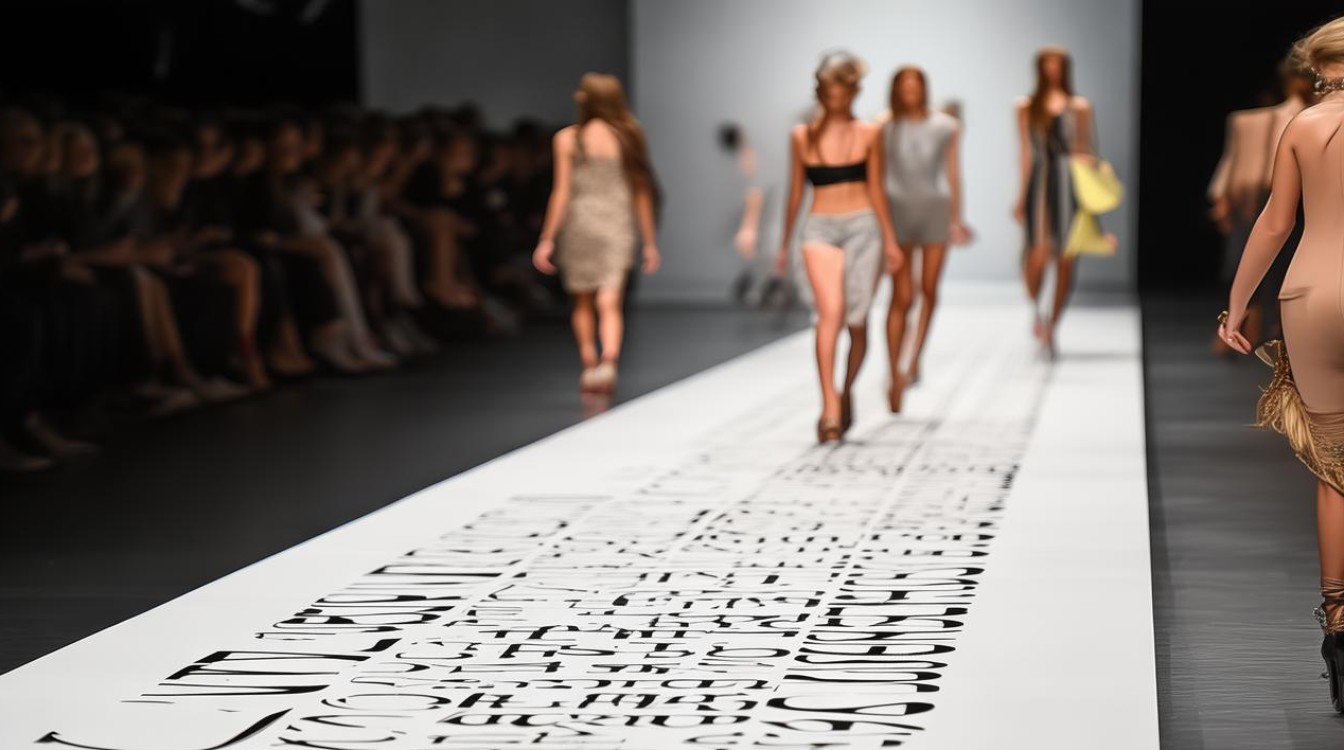The runway, often referred to as the "T台" in Chinese, is the centerpiece of fashion shows, where models showcase the latest designs. Whether you're a fashion enthusiast, a model, or a designer, understanding key English terms related to the runway can enhance your appreciation of this glamorous world. Below, we break down essential vocabulary, phrases, and concepts to help you navigate the fashion industry with confidence.

Fundamental Runway Terminology
Runway (T台)
The elevated platform where models walk to display clothing. It is typically long and narrow, resembling the letter "T" when viewed from above.
Catwalk
A synonym for "runway," often used in British English. It emphasizes the dramatic strut models use while walking.
Model
A professional who wears and presents fashion designs during shows. Common types include:
- Supermodel – A highly successful, internationally recognized model.
- Runway Model – Specializes in walking in fashion shows.
- Fit Model – Works with designers to test garment fit.
Designer
The creative mind behind a fashion collection. Famous examples include Coco Chanel, Alexander McQueen, and Virgil Abloh.
Collection
A series of garments designed for a specific season (e.g., Spring/Summer, Fall/Winter).
Key Phrases in Runway Shows
"Walk the Runway"
The act of a model presenting outfits on the catwalk.
"Opening/Closing the Show"
- Opening Model – The first model to walk, setting the tone.
- Closing Model – The final walk, often reserved for the most prestigious outfit.
"Haute Couture" vs. "Prêt-à-Porter"
- Haute Couture – Custom-made, high-end fashion (e.g., Chanel, Dior).
- Prêt-à-Porter – Ready-to-wear collections available in stores.
"Front Row"
The most exclusive seating area, reserved for celebrities, editors, and industry insiders.

Runway Walk Techniques
A model’s walk can make or break a show. Here are some terms related to movement:
"Pose"
A deliberate stance at the end of the runway to highlight the outfit.
"Strut"
A confident, exaggerated walk often seen in high-fashion shows.
"Turn"
When a model pauses and rotates to display the outfit from different angles.
"Walk Training"
Many models undergo coaching to perfect their posture, pace, and presence.
Behind-the-Scenes Terms
"Fittings"
Pre-show sessions where models try on outfits to ensure proper fit.
"Hair & Makeup (HMU)"
The team responsible for styling models before they hit the runway.

"Backstage"
The area where models prepare before and after walking.
"Dressers"
Assistants who help models change outfits quickly between walks.
Fashion Show Production Terms
"Casting"
The process of selecting models for a show.
"Lineup"
The order in which models walk.
"Lighting & Staging"
Technical elements that enhance the runway’s visual impact.
"Music Director"
The person who selects the soundtrack to match the show’s mood.
Common Runway Styles & Trends
"Avant-Garde"
Experimental, unconventional fashion pushing creative boundaries.

"Minimalist"
Clean, simple designs with neutral colors and structured silhouettes.
"Streetwear"
Casual, urban-inspired fashion often seen in modern shows.
"Gender-Fluid"
Clothing designed without traditional male/female distinctions.
Iconic Runway Moments in History
- 1990: Naomi Campbell’s Versace Fall – Known for her legendary walk in a gold safety-pin dress.
- 2010: Alexander McQueen’s Armadillo Shoes – A controversial yet groundbreaking show.
- 2019: Rihanna’s Savage x Fenty Show – Celebrated for its inclusivity and theatricality.
Mastering these terms will deepen your understanding of runway culture. Whether you're attending a show, studying fashion, or simply admiring the artistry, this vocabulary bridges the gap between casual observation and true appreciation. The runway is more than just a stage—it’s where creativity, skill, and innovation collide.


